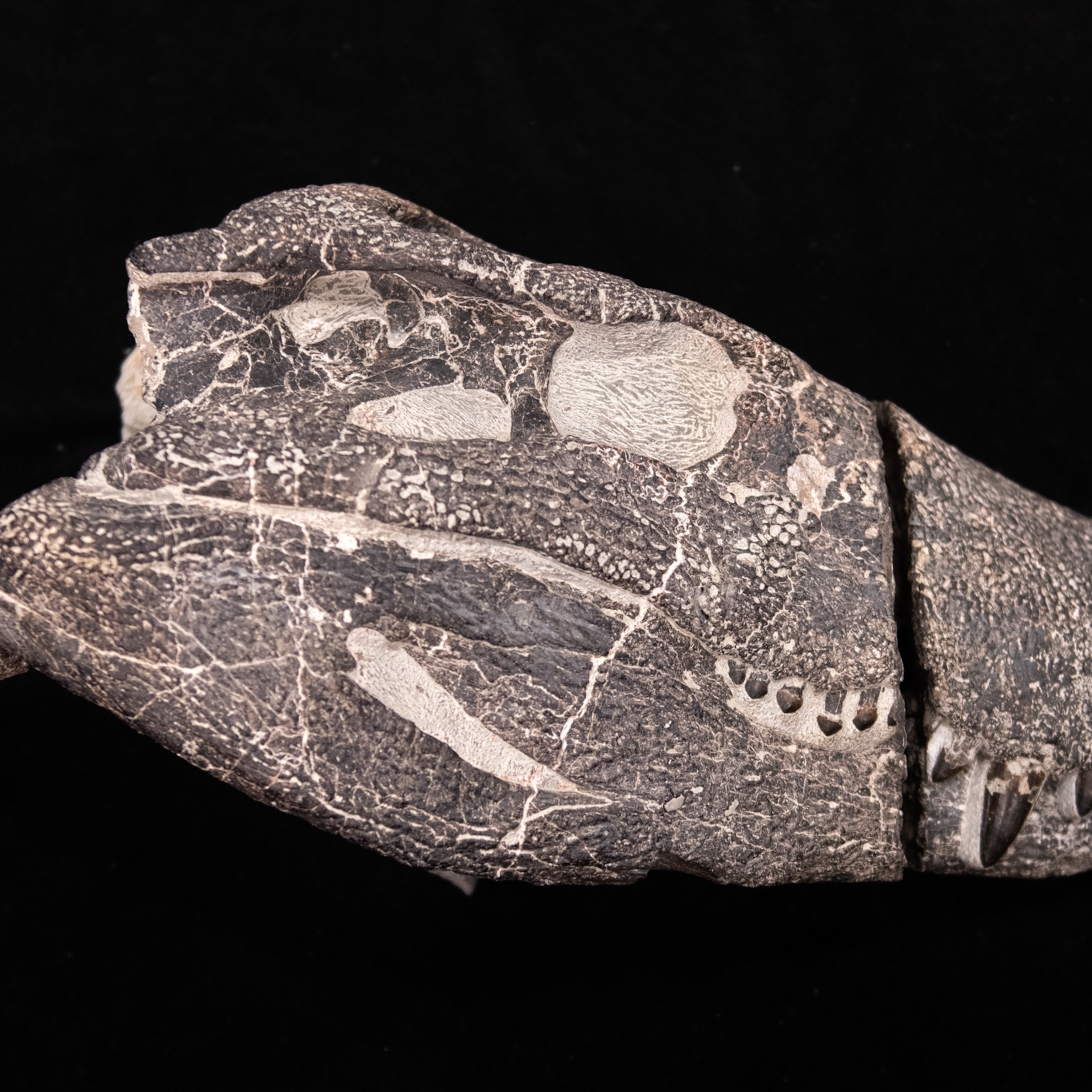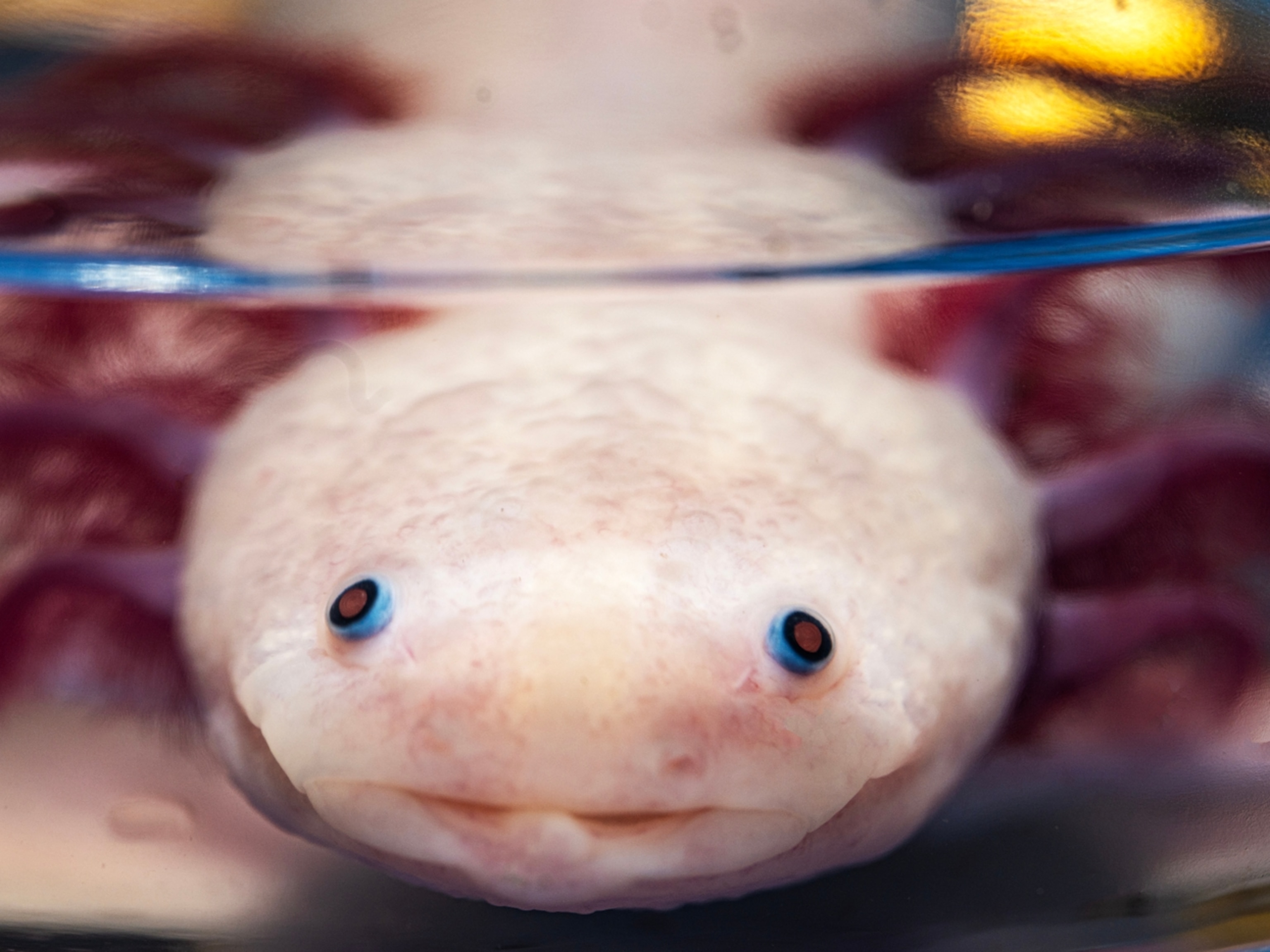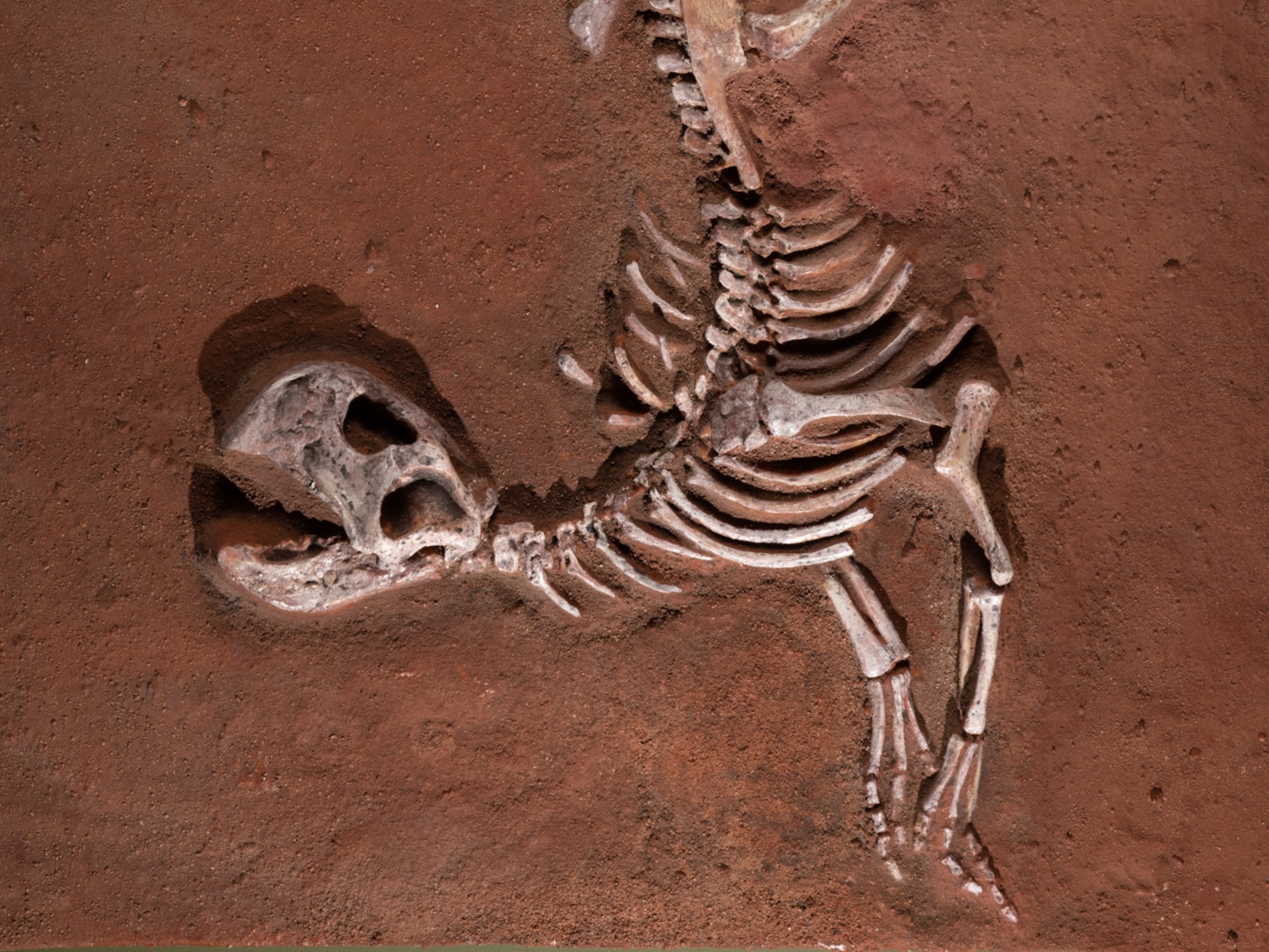
Pictures: Peru Park Boasts Highest Diversity of Amphibians and Reptiles
A new survey reveals richest biodiversity, and new species, of amphibians and reptiles in Peru's Manú National Park.
The snake Chironius monticola inhabits cloud forests at elevations of 3,300 to 10,500 feet (1,000 to 3,200 meters) in southern Peru's Manú National Park, on the western side of the Amazon Basin.
"Only a few snake species can live above 3,000 meters [9,800 feet]," said Rudolf von May, a postdoctoral fellow at the University of California, Berkeley who co-wrote a detailed survey of amphibians and reptiles in the park and its surrounding area, published in the journal Biota Neotropica.
Snakes are cold-blooded, he explained, so they need relatively warm temperatures to function. But "this snake is adapted to live at colder, higher elevations." Precisely how the snake does this is unknown, he added.
Von May and two colleagues—Alessandro Catenazzi of Southern Illinois University, Carbondale and Edgar Lehr of Illinois Wesleyan University in Bloomington—cataloged 155 amphibian and 132 reptile species, with support from the National Geographic Society, the National Science Foundation, the Rufford Small Grants Foundation, and the Amazon Conservation Association.
As a result of their findings, said von May, "Manú now stands as the park or protected area with the highest number of species of amphibians and reptiles on the planet."
Before their study, Yasuní National Park in Ecuador was first, with 150 amphibian and 121 reptile species, according to a study published in 2010 in PLOS ONE. Both Manú and Yasuní protect large areas of lowland rain forest, but Manú also spans high-elevation cloud forests and Andean grasslands.
Although Manú National Park represents only 0.01 percent of the planet's land area, it houses 2.2 percent of all amphibians and 1.5 percent of all reptiles known throughout the world, the scientists noted. The amphibians in the park include frogs, toads, salamanders, and caecilians. Reptiles include snakes, lizards, turtles, and caimans.
Manú also supports more than a thousand species of birds (about 10 percent of the world's total) and over 1,200 species of butterflies.
The region is home to several indigenous ethnic groups, including the Matsiguenka, Harakmbut, and Yine.
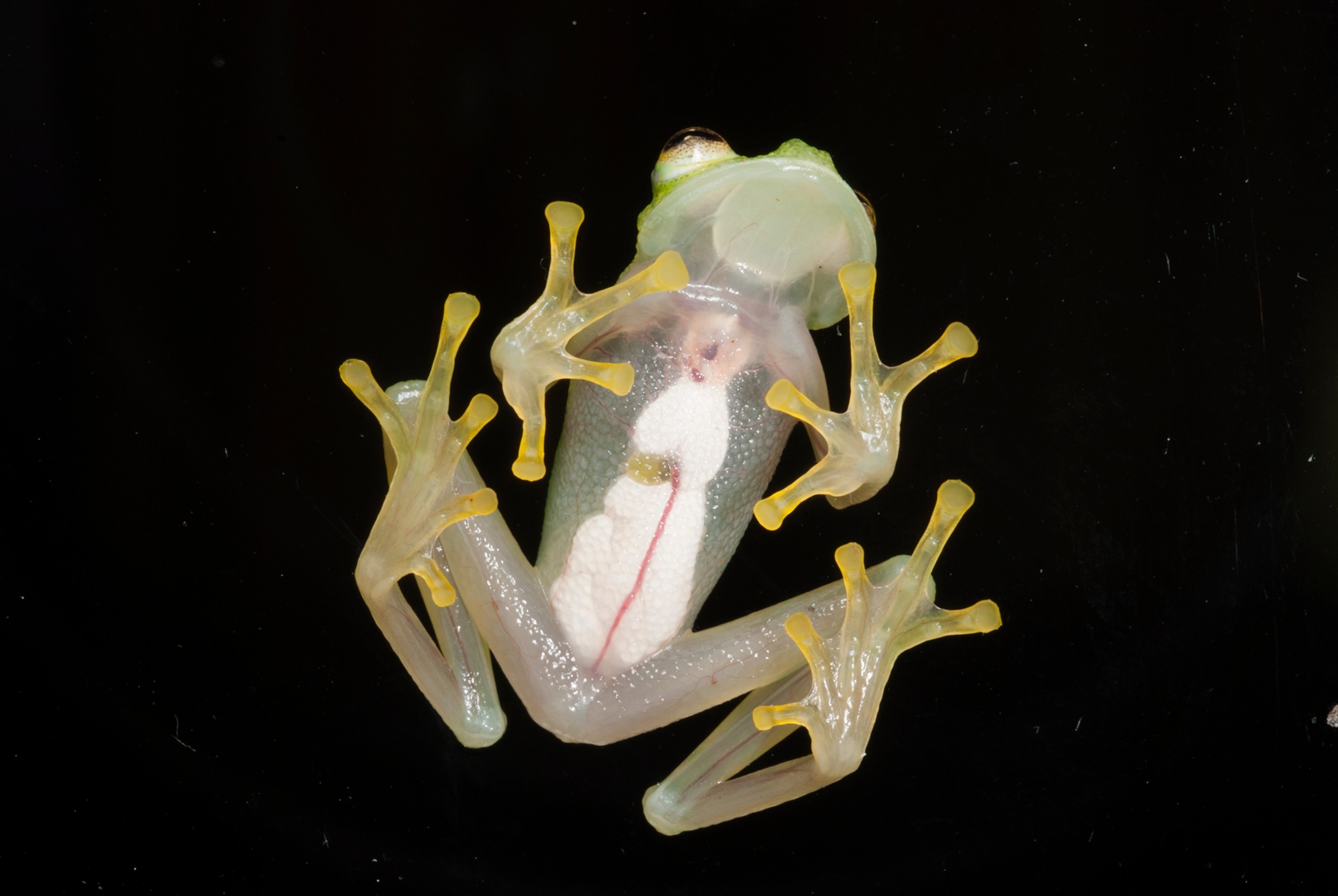
The scientists found Hyalinobatrachium bergeri, a type of glass frog, in the cloud forests of Manú National Park at elevations of 2,600 to 7,200 feet (800 to 2,200 meters). According to their paper, seven species of glass frog live in the park (more than 150 species are found across Central and South America).
Glass frogs are nocturnal and live along streams, especially in mountain forests, said von May. They're relatively small at 20 to 22 millimeters long, and lay their eggs on vegetation that hangs over streams. When the eggs hatch, the tadpoles drop into the water.
Glass frogs are said to be good indicators of stream health, von May added. "It is rare to see them in many areas now, but [you can find them] in Manú [because its] streams are clean."

Bryophryne cophites frogs live exclusively in Andean grasslands at high elevation. "We never see them out in the open because they are usually hiding in moss or under grass," von May said.
Von May grew up in Peru, where he was fascinated by the local wildlife. Even now, he says, "the things I am most interested in are understanding the biodiversity of the Andes-Amazon [region] and working out how species cope with their environment."

Bryophryne frogs have what's called direct development, said von May, which means there's no tadpole stage. They typically lay their eggs under moss, after which one of the parents takes care of the clutch, keeping the eggs moist. When the eggs hatch, miniature versions of the adults emerge.
Catenazzi and von May have been studying wildlife in Manú since 1996 and 1999, respectively. Lehr has been surveying in Peru since 1997. They're particularly interested in how species vary with elevation.
"As you move up from the lowlands, there are fewer and fewer species," von May said. That's most likely because higher elevations mean colder temperatures, which tend to make living more difficult.
Some species have a wide thermal tolerance and some have a narrow one. Recent studies indicate that high-elevation frog species are less sensitive to temperature increases, compared with those found at lower elevations. Von May would like to understand why.
"A major goal of our current work is to explain how species' habitat use and elevation relate to their physiology and evolutionary history."
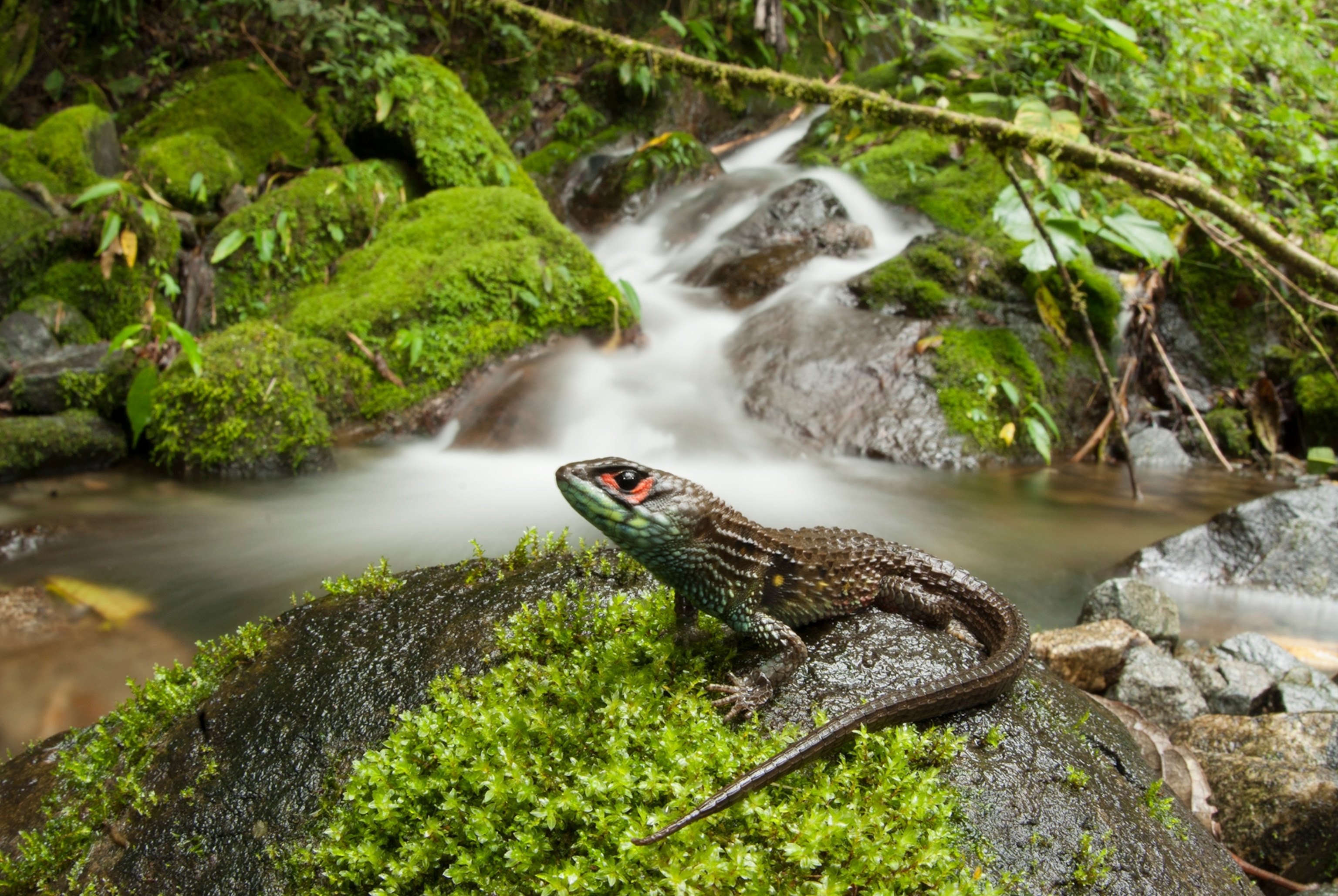
Alessandro Catenazzi and Peruvian collaborator German Chavez recently discovered this new species of stream lizard in Manú.
These small reptiles of the Potamites genus, with a length of 55 to 70 millimeters, live next to streams—which they hide in if disturbed—in the cloud forest at elevations of 3,000 to 6,500 feet (900 to 2,000 meters). That's "very unusual among lizards," said von May.
These lizards can function at a relatively cool 61°F (16°C)—and they can swim in water that's even colder.
The newly discovered Potamites lizard can dive into cold water and remain there for a few minutes, said von May. "[Our] assumption is that their physiology has been adapted to allow that, but how it works exactly we don't know."
Von May added that recent work by Catenazzi and others suggests that mountaintop species in Manú are less susceptible to the effects of global warming than previously thought.
"If the temperature rises two to three degrees Celsius," said von May, "some of those species won't necessarily suffer."
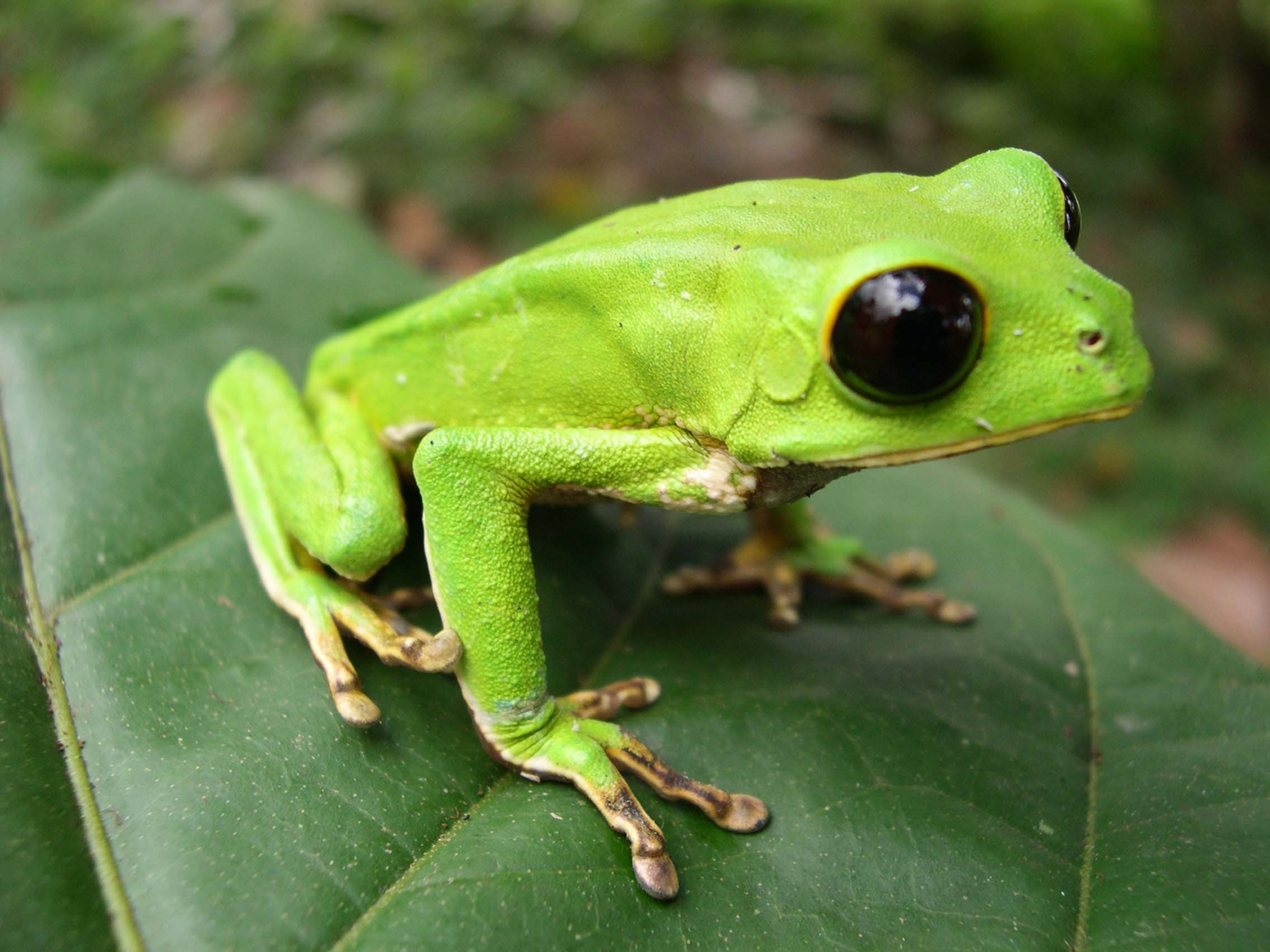
Phyllomedusa camba is one of six leaf-frog species inhabiting the lowland rain forests of Manú National Park. These nocturnal frogs rely on their green color for camouflage during the day.
Von May said that for their next project, he and his team would like to survey amphibians and reptiles in the less accessible western part of the park, where they expect to identify more species. Manú, they say, is a "globally irreplaceable site."



